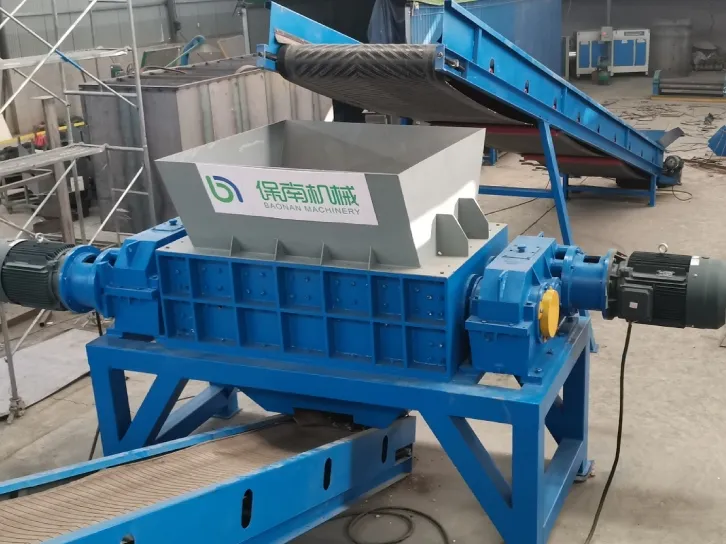

ਨਵੰ. . 16, 2024 03:41 Back to list
Understanding Shred Scrap Metal A Comprehensive Guide
Shred scrap metal is a term that encompasses the leftover metal materials generated from various industrial processes, which are then processed through shredding and recycling. The term itself can invoke questions about what shred scrap metal really is, its importance in the recycling industry, and its various applications. This article aims to provide you with a clear understanding of shred scrap metal, its benefits, and how it plays a crucial role in sustainable practices.
What is Shred Scrap Metal?
Shred scrap metal refers to small, fragmented pieces of metal that are produced when larger metal items are shredded. This process typically takes place in specialized facilities equipped with powerful shredders designed to break down metal objects like old cars, appliances, and industrial machinery into smaller, manageable pieces. Once shredded, the metal scrap can be sorted, processed, and ultimately recycled into new metal products.
The shredding process is essential for making scrap metal more accessible for recycling. It increases the surface area of the metal, making it easier to melt down and reform into new items. Common types of metals that are shredded include steel, aluminum, copper, and brass, among others. These metals are then categorized into ferrous and non-ferrous metals. Ferrous metals, such as steel, contain iron, while non-ferrous metals do not and are typically more valuable.
The Importance of Recycling Shred Scrap Metal
Recycling shred scrap metal carries significant environmental and economic benefits. One of the primary advantages is the conservation of natural resources. By recycling existing metal, we reduce the need for virgin metal extraction, which can often cause environmental degradation and habitat destruction. The recycling of metal not only lessens the consumption of raw materials but also requires significantly less energy compared to extracting and processing new materials.

Additionally, recycling shred scrap metal helps decrease greenhouse gas emissions. The process of recycling metals usually emits fewer pollutants than producing new metals from ore. For instance, recycling aluminum saves up to 95% of the energy required to produce it from bauxite, the raw mineral. This substantial energy savings is beneficial for combating climate change and promoting a greener planet.
Economically, recycling shredded scrap metal can create jobs and bolster local economies. The recycling industry employs millions of people worldwide, and every ton of metal recycled can create numerous employment opportunities within the collection, processing, and manufacturing sectors. Moreover, the value placed on shredded scrap metal has led to the rise of a robust market for recyclables, incentivizing individuals and businesses to participate in recycling programs.
Applications of Shred Scrap Metal
Shred scrap metal has diverse applications across various industries. Once processed, the metal can be used in the manufacturing of new products, ranging from construction materials to automotive components. For example, shredded scrap steel can be turned into rebar for construction or used in the production of new vehicles.
Another key application is in the production of electronics. Copper scrap can be utilized in circuit boards, while aluminum scrap finds its way into smartphones and laptops. Even stainless steel, which is known for its corrosion resistance, can be effectively recycled from shred scrap and used in kitchen appliances, cutlery, and medical instruments.
Conclusion
In conclusion, shred scrap metal plays an integral role in modern recycling efforts and contributes to a more sustainable future. By understanding what shred scrap metal is and recognizing its benefits, we can make informed decisions on metal consumption and recycling practices. Encouraging recycling initiatives not only benefits the environment but also supports economic growth and innovation. As we continue to embrace recycling, the impact of shred scrap metal on our world will become increasingly significant, paving the way for a circular economy where resources are utilized efficiently, and waste is minimized.
Latest news
Troubleshooting Common Eddy Separator Problems
NewsJul.04,2025
The Role of Metal Recycling Plants in Circular Economy
NewsJul.04,2025
The Impact of Recycling Line Pickers on Waste Management Costs
NewsJul.04,2025
Safety Features Every Metal Shredder Should Have
NewsJul.04,2025
How Industrial Shredders Improve Waste Management Systems
NewsJul.04,2025
How Cable Granulators Contribute to Sustainable Recycling
NewsJul.04,2025